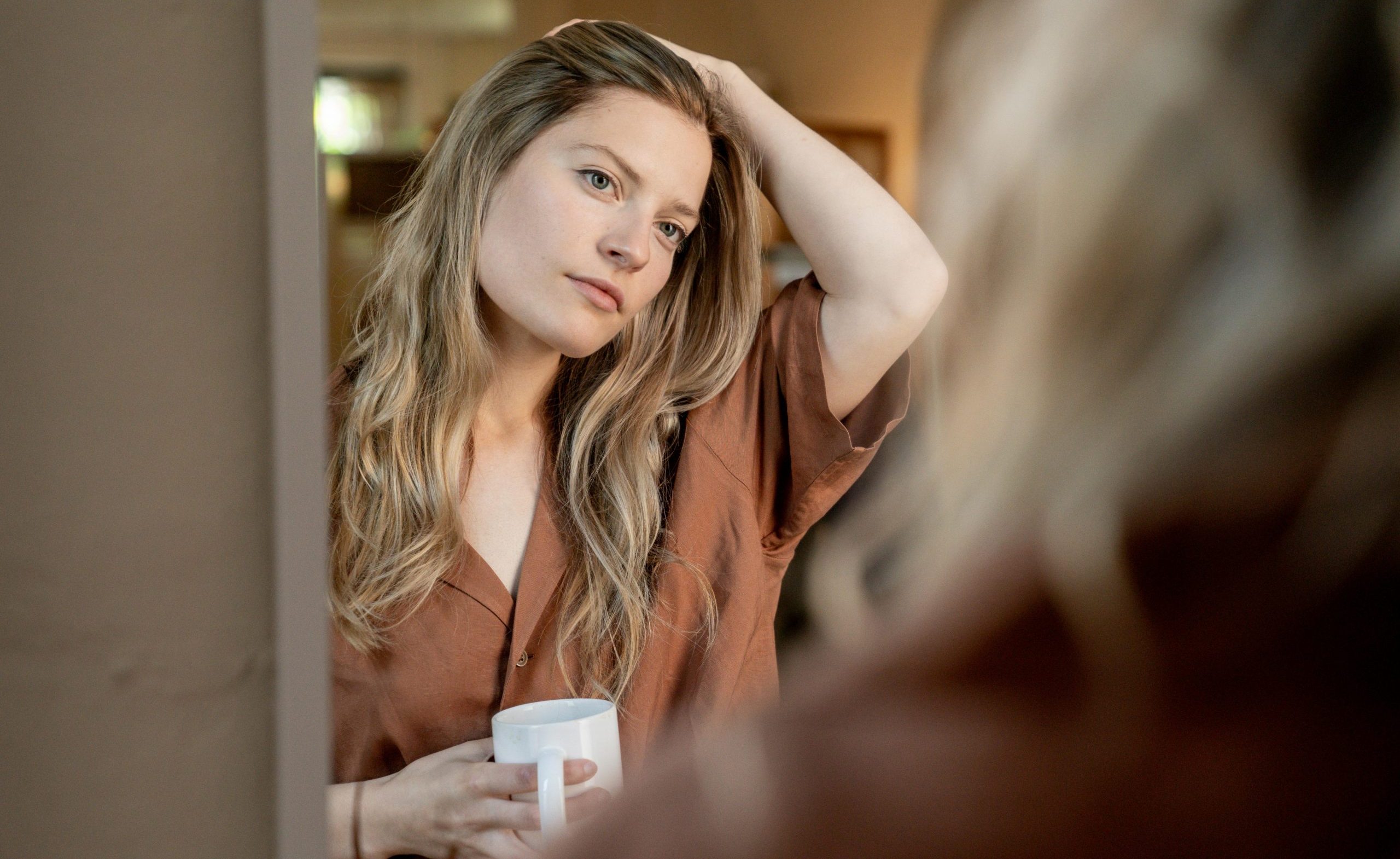Body image challenges often remain one of the most difficult aspects of eating disorder recovery. Even after someone begins to heal their relationship with food, feelings about their body can still feel complicated. This is a normal part of the process and does not mean that progress isn’t being made. For most people, healing body image takes time, compassion, and ongoing support.
Why Body Image Feels So Hard in Recovery
Eating disorders often provide a false sense of control or identity tied to body size, shape, or appearance. Letting go of these behaviors can bring up fear and discomfort, as if you are losing a part of yourself. At the same time, our culture places a strong emphasis on appearance and weight, which can reinforce old thought patterns and make recovery feel even harder.
It’s important to remember that body image is not about achieving constant body positivity. It’s more about moving toward neutrality, acceptance, and respect for your body, even when you don’t always like how it looks.
Steps Toward Healing Body Image
1. Shift the Focus from Appearance to Function
Try to notice the ways your body supports you each day: carrying you through a walk with a friend, allowing you to laugh, hug, or express yourself. Recovery invites you to honor your body for what it does, not just how it looks.
2. Limit Harmful Comparisons
Comparing yourself, whether in person, online, or through media, fuels dissatisfaction. Curating your social media feed, spending less time on appearance focused platforms, or surrounding yourself with more body diverse communities can help create space for healthier perspectives.
3. Practice Self-Compassion
Instead of fighting negative body thoughts, acknowledge them with gentleness. Ask yourself: If a close friend said this about themselves, how would I respond? Offering yourself the same compassion can soften critical inner dialogue.
4. Wear Comfortable Clothing
How you feel in your clothes affects how you experience your body. Choosing outfits that fit comfortably can reduce daily triggers and help you focus on living rather than body checking. Shopping online or with an understanding friend can help with fears around trying things on in a fitting room.
5. Seek Professional Support
Healing body image doesn’t have to be something you do alone. Therapy can help you explore the deeper emotions and beliefs tied to your body, and group support can remind you that you’re not the only one navigating these struggles.
Moving Forward
Recovery is not about learning to love your body overnight. It’s more about slowly building a relationship with it that is grounded in respect, care, and patience. As you continue your healing journey, remember that body image will evolve. With the right support, you can move toward living a fuller, freer life where your body is not your enemy, but your partner.
Reach out today for a complimentary intake phone call.
We look forward to connecting with you soon!


